QR Codes are a handy tool to connect your offline target audience to your dynamic online content. But like any other technology, QR Codes work only when used right. Are you following the QR Code best practices in your campaigns?
Marketers often make basic mistakes that lower the potential of the QR Code. Here are the top seven best practices to take care of before adding a QR Code to your promotions:
1. Do they have a reason to scan it?
Once you create and print QR Codes, you may get a few scans from some curious consumers but majority of your audience will only scan a QR Code if they have an incentive to.
Your marketing message should be compelling enough to get a consumer to engage with your QR Code. It could be a deal, a coupon, more information about the product, a contest, or engaging content like a video.
Also, your audience must know exactly where the QR Code will lead them to – so add a CTA such as Scan to avail the offer or Scan to view the movie trailer.
2. Can they reach your QR Code?
Where you place your QR Code is critical. Size matters too. Is your QR Code of the right size?
Marketers often place the same promotional material at various consumer touch-points to minimize costs. So if you place a tiny QR Code on the back of a delivery truck, do not expect people to run after it and take the trouble of scanning it. QR Codes should always be placed on promotional material which is well within the reach of the consumer.
3. Are they able to scan it?
Always test the QR Code before placing it on your promotional material, particularly in the case of designer QR Codes. The Scannability of a QR Code can be compromised if it lacks the right size, clarity, contrast, and lighting.
Keep in mind that there should always be enough contrast between the QR Code and its background. It is essential for its scannability. For example, if your QR Code in black, its background should be white and vice-versa.
Quick Tip: Use dynamic QR Codes that convert lengthy URLs into short URLs, which makes the QR Code simpler and less dense.
4. Do they have access to Wi-fi or cellular data network?
If you are redirecting your audience to online content, always ensure that the area has a working data network. Many marketers put up QR Codes on promotional material in areas with poor data network (such as an underground subway), making it impossible for users to view content.
5. Are your QR Codes doing their job?
You already know QR Codes are used for various purposes. But how do you know if they’re serving their purpose well? Well, the answer lies in tracking their performance.
With QR Code tracking, you can know whether your QR Code campaigns are successful or not. They provide valuable insights which are really helpful for future campaigns.
QR Codes allow you to track its scanning activity by time, location, operating system, and device. This means how many people have scanned the QR Code, where did they scan it, and which device they use to scan it.
In addition to this, they also have a feature called event tracking. It helps you gain valuable insights into your audience on how they are interacting with the encoded content of the QR Code upon scanning it.
QR Code tracking is very useful in promotion or marketing campaigns.
6. Is the landing page mobile-optimized?
Nobody scans a QR Code using a laptop. QR Codes are meant to be scanned by mobile devices. If the landing page is not mobile-optimized, it will definitely be the end of the consumer’s engagement. With the increasing use of mobile applications, consumers are used to mobile-optimized UIs and that is what they expect from QR Codes – an easy mobile viewing experience.
7. Are QR Codes functional?
Before putting them out for your target audience, you must test scan your QR Codes. This can avoid any unforeseen pitfalls that may come your way.
By following these seven basic QR Code best practices, you can increase your conversion rate significantly. These may seem obvious but marketers often overlook these. Answer these questions before you start your campaign and increase the number of scans you get.
While it is important to know QR Code best practices, it is also important that you know how not to use them.
{ “@context”: “http://schema.org”, “@type”: “VideoObject”, “name”: “QR Codes Best Practices: Easy Hacks to Boost Campaign Engagement”, “description”: “You probably know what QR Codes are and how they help connect the offline audience to your online content. 00:00 – Introduction 00:30 – Seven best QR Codes practices From product packagings to inventory management, QR Codes are everywhere. But like any other technology, they only work the best when used the right way. And many people often make silly mistakes that lower the potential of QR Codes. So, ask yourself—are you following the QR Code best practices for your campaigns? Well, here are the seven best practices you must follow while working with a QR Code: 1. Give your audience a reason to scan the QR Code. That means, your marketing message should be compelling enough to get people to engage with the QR Code. And the best way to do that is by adding a CTA with the QR Code. CTA is call-to-action statement that tells your audience what to do or what to expect after scanning the QR Code For example, Scan here to get your discount coupon. 2. Next, make sure you choose the QR Code’s location and size wisely. Many marketers often use the same QR Code across various consumer touch points which may not be a good idea For example, a tiny QR Code on the product packaging would be completely scannable. But the same-sized QR Code on the back of a delivery truck won’t work well. After all, no one will run after the truck to get that tiny QR Code to scan well. Hence, make sure you place the right-sized QR Code at accessible locations for the audience. 3. You must also make sure the QR Code has high scannability. Factors such as size, contrast, and clarity affect it Keep in mind that the QR Code must always have high contrast with the background. So if your QR Code is dark colored, the background should be light and vice-versa. Also, you must try to use dynamic QR Codes that convert lengthy URLs into short ones. This makes the QR Code look less dense and simpler. 4. Further, since many QR Codes (especially the dynamic ones) need internet connection for the users to be able to see the target content, place your creatives in the areas with good internet access 5. Next, if your use case is promotional, add design to your QR Code. You can do it by adding colors and a logo to the QR Code. Or you can even use an image as the background Customized QR Codes tend to fetch more scans than their black-and-white counterparts. And that’s exactly what a marketer would want. 6. Also, make sure you download the QR Code in high-resolution formats. While raster formats such as PNG and JPG work well for digital resolutions, they are not optimal for print resolutions. That’s because they’re prone to getting pixelating when resized So make sure you download the QR Code in vector formats such as SVG, EPS, or PDF. Images in these formats don’t pixelate despite any resizing. 7. Finally, make sure you always test scan the QR Code before putting it out for your target audience. It is recommended to do so using 4-5 different handsets and browsers. It’ll make sure your QR Code works well across different devices That’s it. With these best practices, you can increase the engagement of your QR Code campaigns significantly. If you want to see a step-by-step guide on how to create a QR Code, you can refer to the link in the description. If you found this video helpful, hit the like button. If you have any questions, let us know in the comments. And don’t forget to subscribe to our channel. Must watch QR Code videos– QR Codes for Authentication – https://youtu.be/bzZ5UIU2zS0 Website- https://bit.ly/3K1Uhog Transparent QR Code Generator – https://youtu.be/eBEHmzUBSQ8 Coupon QR Code- https://youtu.be/TiPZw_HDzqM Easiest Way to Create QR Codes in Bulk – https://youtu.be/oUjb0V4XOW4 Make Tickets for Festival Events – https://youtu.be/wvoVMhlXuwY Google Cardboard QR code – https://youtu.be/HzV1hatDr2Y The ‘must watch’ playlist on QR Code Basics: https://www.youtube.com/playlist?list=PLFfkNvrqjcSn 5Sm-vN2dDvoVRQEK674u Connect with Scanova on other social media platforms – LinkedIn – https://in.linkedin.com/company/scanova Facebook – https://www.facebook.com/scanovatech/ #ScanovaQRCode #Scanova #QRCode #QRCodes #QR #QRCodeGenerator”, “thumbnailUrl”: “https://i.ytimg.com/vi/-rdDPIsfvY4/default.jpg”, “uploadDate”: “2022-04-01T19:00:18Z”, “duration”: “PT4M”, “embedUrl”: “https://www.youtube.com/embed/-rdDPIsfvY4”, “interactionCount”: “1967” }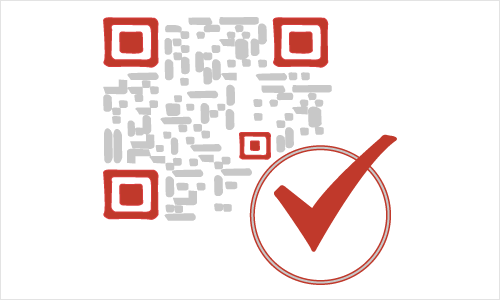
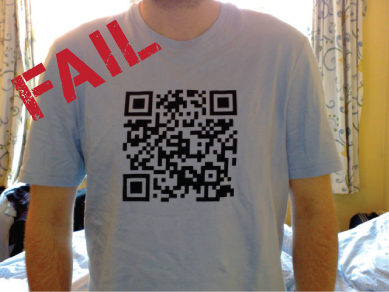
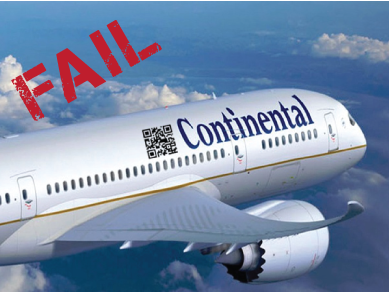
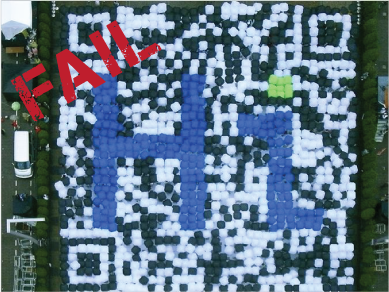
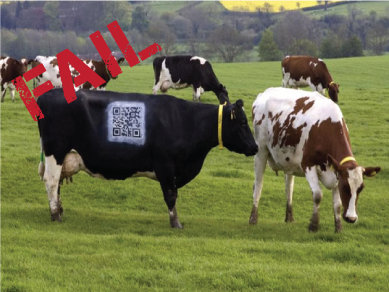

I’m more interested in how QR Codes are made by the matrix makeup. But this is very interesting information and I may use the information. Thank you.
We’re glad you liked the article.